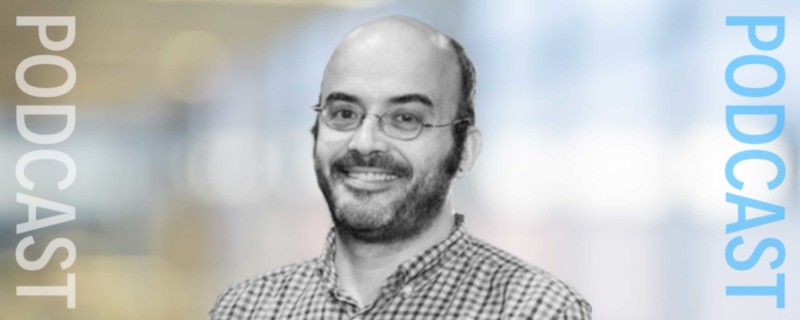
Bioprocessing Technologies for Stem Cell Therapy
Podcast: Download (Duration: 8:17 — 11.4MB)
Subscribe Here: Apple Podcasts | Spotify | RSS | More
Subscribe to the Cell Culture Dish Podcast on: iTunes | Google Play
Hosted by: Brandy Sargent
Guest:
Company: The Cell and Gene Therapy Catapult
Job Title: Lead Process Development Scientist
Show Notes:
I began the interview by asking Ricardo if he could provide some background on how allogeneic pluripotent stem cell (PSC) therapy manufacturing has evolved and where we are at today. He explained that there has been a substantial increase in high quality research in cell biology and embryo development that coupled with cell reprogramming technologies has led to a better understanding of differentiation mechanisms. This understanding has led to the development of more efficient methods to differentiate these cells in-vitro into cells of high therapeutic interest. The result of these improvements can be seen in the increased number of clinical trials testing the efficacy and safety of PSC-derived therapies across several diseases.
He went on to say that current manufacturing methods require many open manipulations conducted by highly skilled operators. These labor-demanding techniques also make use of costly materials and reagents that together increase manufacturing costs. Although these manual methods can satisfy demands for early stage trials, they cannot be translated to large scale manufacturing.
Since then, there has been an increase on developing and testing bioprocess engineering strategies to translate manual methods into automated processing solutions. The goal is to create automated and controlled large scale manufacturing of these off-the-shelf products at affordable cost to support commercialization and industrialization of allogeneic cell therapies produced from pluripotent stem cells.
Next, I asked Ricardo if he could share what he sees as key achievements in upstream and downstream manufacturing. He explained several achievements including an extensive international collaboration around recognition of common quality standards of starting materials as Master and Working cell banks and of common guidelines for GMP manufacturing.
In upstream there has been effort to test several culture systems and bioprocess technologies for cell expansion and differentiation including the use of microcarriers, and agitated and planar bioreactors allowing control of culture conditions. Downstream improvement has centered around more efficient centrifugation- and filtration-based methods.
I followed up by asking where there is still room for improvement. Ricardo described the opportunity to increase the level of automation and in developing processing platforms that can integrate expansion and differentiation processes of large-volume batches. Other areas of focus include media optimization to increase productivity and further improvements in differentiation efficiency. Furthermore, an increased understanding of the cell differentiation microenvironment will allow discovery of new chemistries to support development of analytical tools for process monitoring and control, and increased knowledge in mode of action of the final product will help to define product characterization and quality criteria for product release.
I closed the interview by asking Ricardo what he saw as manufacturing developments for the future. He talked about intensification of the expansion and differentiation processes, and integration with downstream solutions to support processing of large volume batches. In addition, computational methods to integrate process and analytical data should be further explored to predict process performance and product quality to design sophisticated and intelligent control strategies. Lastly, long term stability should be evaluated with opportunities for improvement.